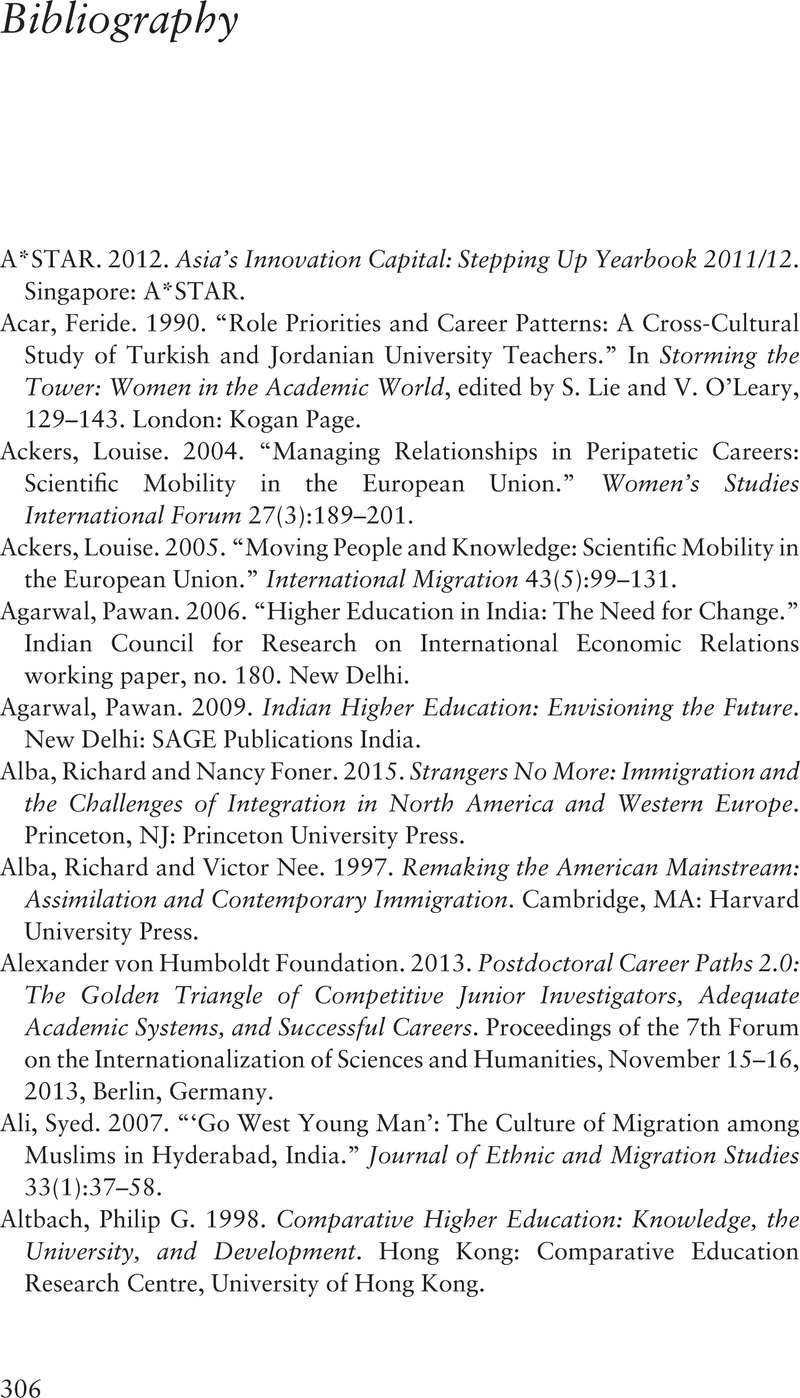Bibliography
Published online by Cambridge University Press: 02 December 2021
Summary

- Type
- Chapter
- Information
- Asian Scientists on the MoveChanging Science in a Changing Asia, pp. 306 - 332Publisher: Cambridge University PressPrint publication year: 2021

